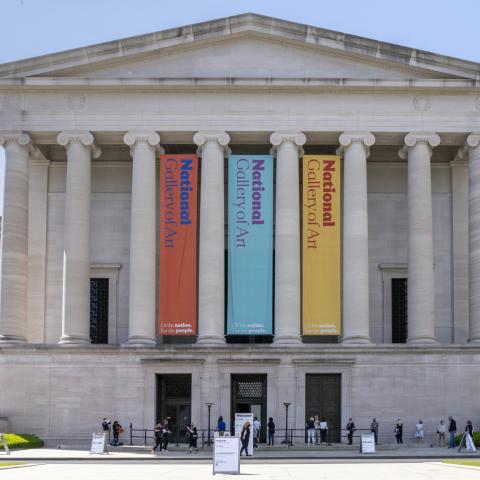Plate 29: Two Monkeys, an "Arctopithecus"(Sloth?) and Fruit
1575
Joris Hoefnagel
Artist, Flemish, 1542 - 1600


West Building Ground Floor, Gallery G23
Artwork overview
-
Medium
watercolor and gold paint on parchment
-
Credit Line
-
Dimensions
page size (approximate): 14.3 x 18.4 cm (5 5/8 x 7 1/4 in.)
-
Accession Number
1987.20.6.30
-
Series Title
Animalia Qvadrvpedia et Reptilia (Terra)
Associated Artworks
See all 71 artworks
Animalia Qvadrvpedia et Reptilia (Terra)
Joris Hoefnagel
1575

Title Page
Joris Hoefnagel
1570

Plate 1: Elephant with Insects
Joris Hoefnagel
1570
Artwork history & notes
Provenance
Emperor Rudolf II of Austria?[1]; Secretarius Heinrich Hagen, Vienna, 1611.[2] Count Emanuel Maria Joseph von Arco, Munich, 1751.[3] Graf von Seinsheim, canon of Salzburg and Speyer, 1753. Master stonemason Rüpfel, Munich, c. 1830. Joseph Anton Niggl [1792 - 1842], Markt Tölz. Karl August von Brentano [1817 - 1896], Augsburg. (sale, Rudolph Weigel, 28 October 1861, no. 2220-a-d]; (Frederick Startridge Ellis [active 1860 - 1885], London; formerly identified as F. S. Eliot)[3]; Henry Huth [1815 - 1878], London; by descent to his son, Alfred Henry Huth [1850 - 1910], London; (sale, Sotheby's' London, 12 June 1913, no. 3722); (William Wesley & Son, London); Charles Francis George Richard Schwerdt, Old Alresford House, Hampshire (his sale, Sotheby's' London, 15 July 1946, no. 2216); (The Rosenbach Company, Philadelphia); Lessing J. Rosenwald, Jenkintown; given to Edith Goodkind Rosenwald, Jenkintown; gift to NGA, 1987.
[1] Although Van Mander claims the series was commissioned and purchased by Rudolf, this is impossible as dates scattered throughout volumes pre-date Hoefnagel's' contact with Rudolf. The series does not appear in Rudolf's' inventory, though he is likely to have owned it at one time as many copies from the volumes appear in his natural history collections, now in Vienna (see Bass 2020, 12).
[2] Vignau-Wilberg 2017, 98 without documentation.
[3]Wolfgang Wegner, Kurfurst Carl Theodor von der Pfalz als Kunstsammler, Mannheim, 1960: 13.
[4] Ellis was a book dealer who frequently sold to Huth and wrote the catalogue of Huth's' collection. He started his own business just a year before The Four Elements appeared at Weigel. Ellis is correctly identified by M. Bartels, "Ueber abnorme Behaarung beim Menschen," Zeitschrift fu¨r Ethnologie 11 (1879): 155, note 1.
Associated Names
Bibliography
1984
Hendrix, Lee. Joris Hoefnagel and the Four Elements: a Study in Sixteenth-Century Nature Painting. Ph.D. Hendrix, Lee. Joris Hoefnagel and the Four Elements: a Study in Sixteenth-Century Nature Painting. Ph.D. dissertation, Princeton University, 1984 (series).dissertation, Princeton University, 1984 (series).
2017
Vignau-Wilberg, Thea. Joris and Jacob Hoefnagel: Art and Science around 1600. Berlin, 2017: no. A6 (for series).
2019
Bass, Marisa Ann. Insect Artifice: Nature and Art in the Dutch Revolt. Princeton, 2019 (for series).
Inscriptions
upper center in red ink: SIMIARVM PVLCHRRA: DEFORMIS EST.; center right in black ink: XXIX.; animals in image numbered .1., .2., and .3., in red ink; on ledge in image at lower right in (gold?) and black ink: SIMIA SEMPER SIMIA. 1575.; lower center in black ink: AVT CVCVRBITAM, AVT CVCVRBITAE FLORE[M].
Facing page: upper center in brown ink: Gangetis sapido celebrator Simia gustu.; middle center in black ink: Infelix animal quod se virtute, dolisue / Aequiparare cupit mortalibus, bis dedit unis / Ingenium velox, divino semine natis / Maximus ille opifex qui nutu temperat orbem. / Et quantum superi praestant mortalibus ipsi, / Tantum mortales praestant animalibus istis.; lower center in brown ink: Sicut TERRA profert GERMEN suum: sic Dominus Deus / germinabit iustitiam, et laudem cora[m] universis gentibus. / Isaias.61. (“For as the earth brings forth her bud so the Lord God will cause righteousness and praise to spring forth before all the nations.” Isaiah 61:11) (Latin Vulgate Bible)
Wikidata ID
Q64590854

